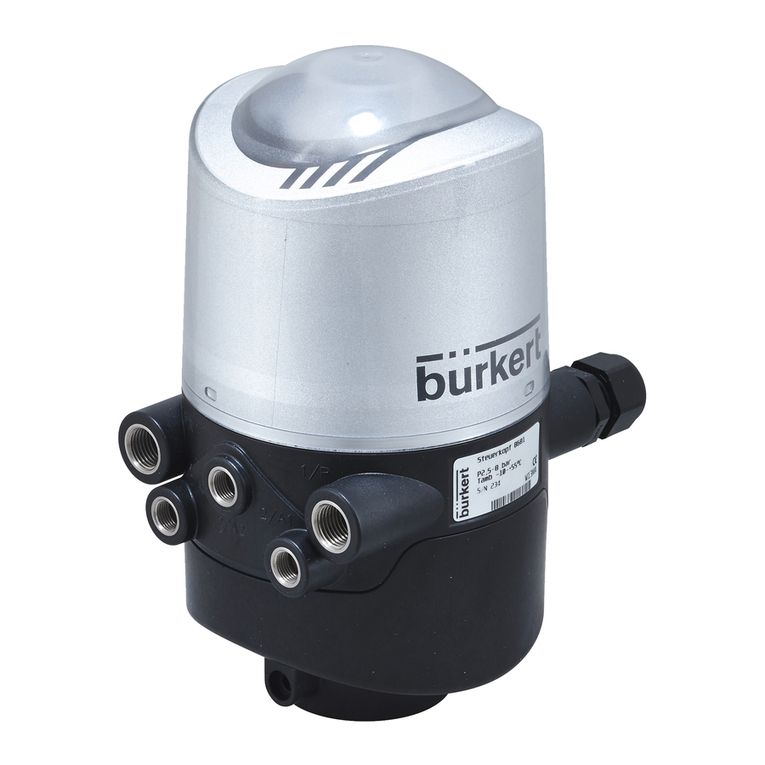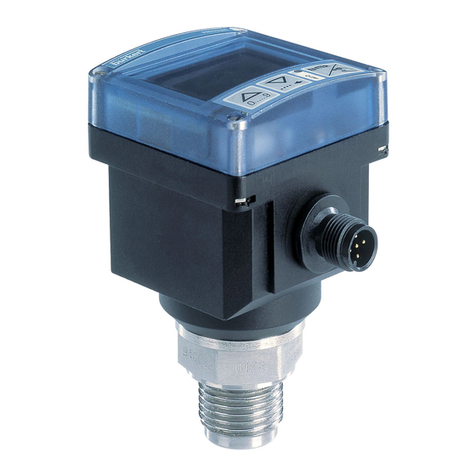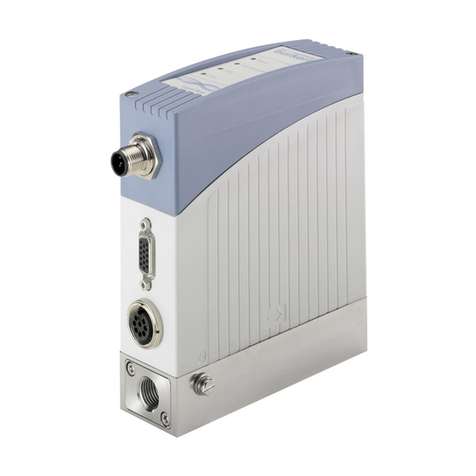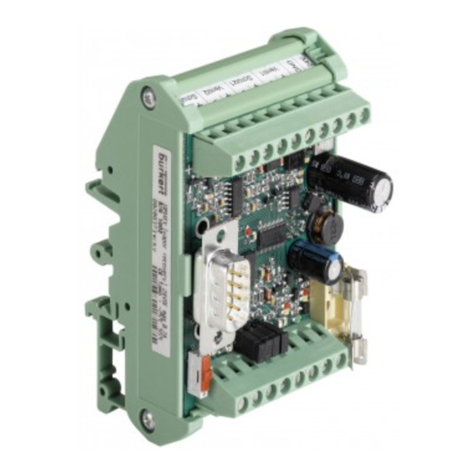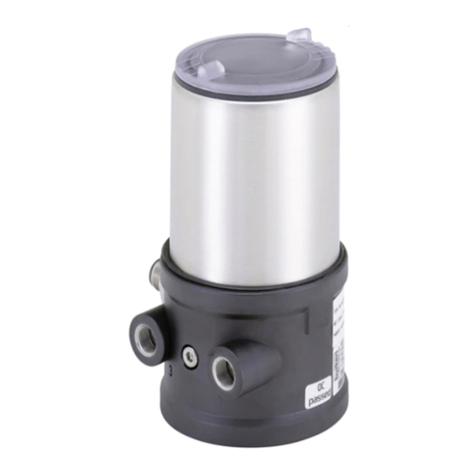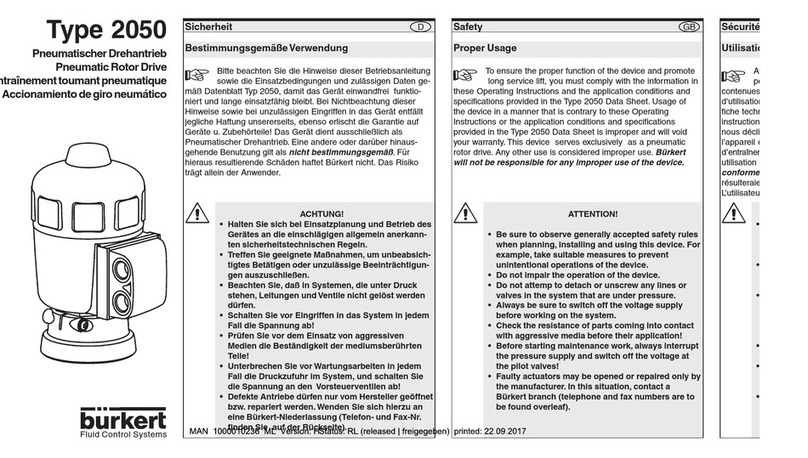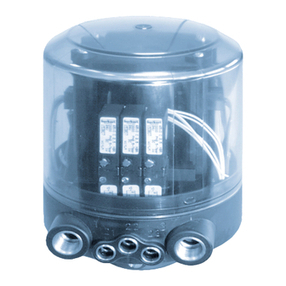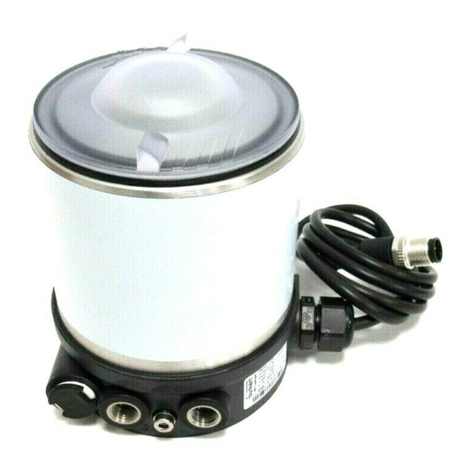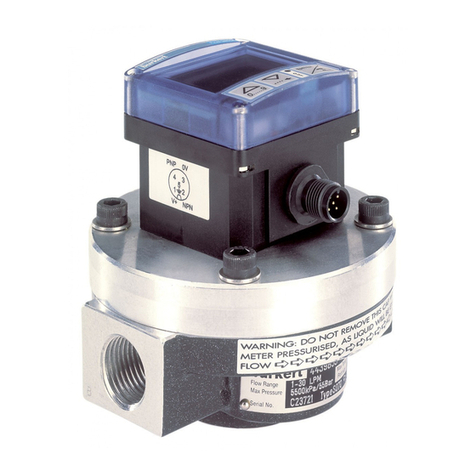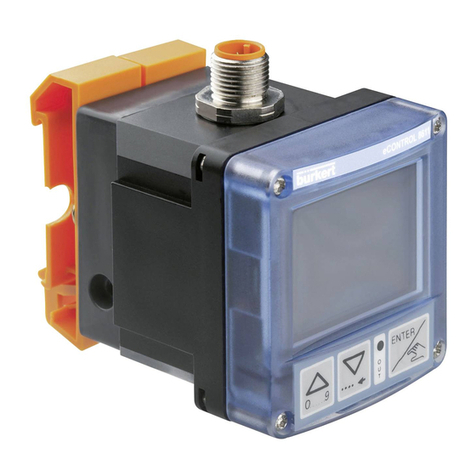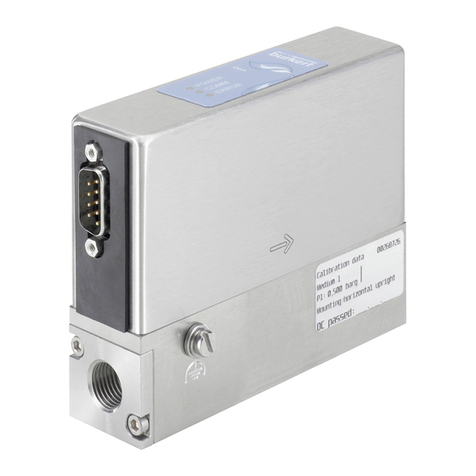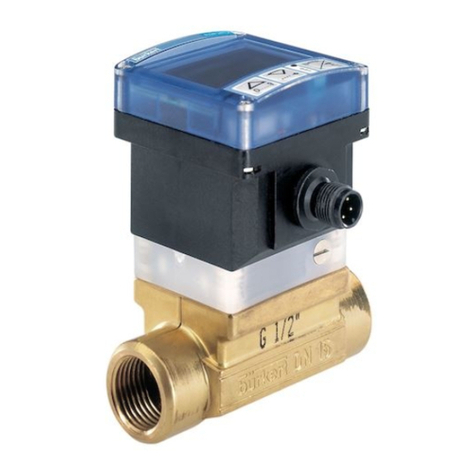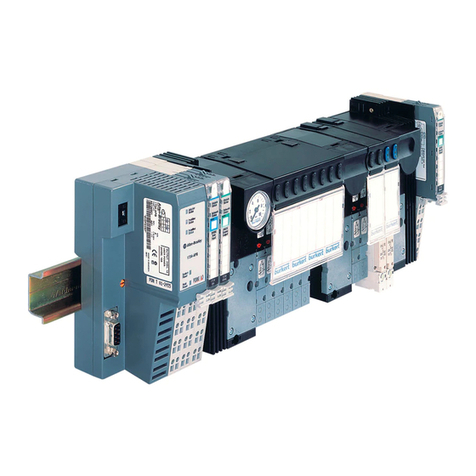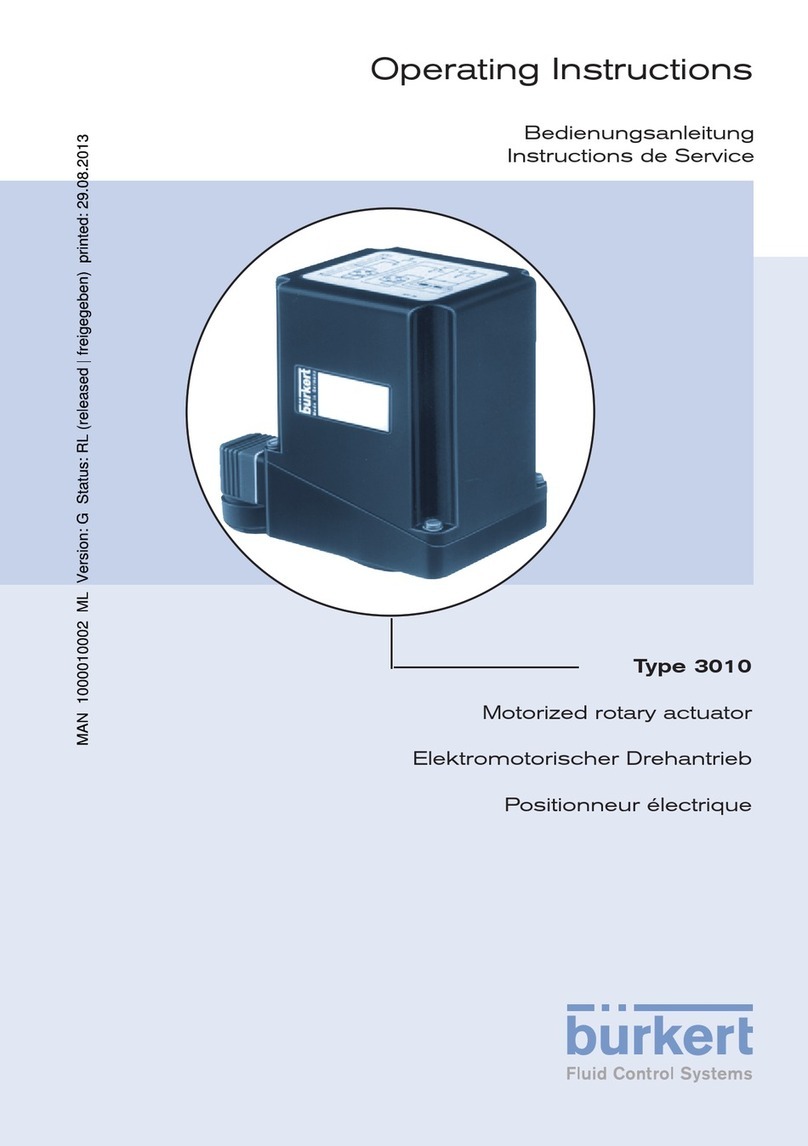3
1 QUICKSTART ..................................................................................................4
1.1 Definition of term / abbreviation .............................................4
1.2 Symbols .......................................................................................4
2 AUTHORIZED USE ......................................................................................5
2.1 Restrictions .................................................................................5
3 BASIC SAFETY INSTRUCTIONS ..........................................................5
4 GENERAL INFORMATION ........................................................................7
4.1 Contact address ........................................................................7
4.2 Warranty ......................................................................................7
4.3 Information on the internet ......................................................7
5 STRUCTURE AND FUNCTION...............................................................7
6 TECHNICAL DATA ........................................................................................8
6.1 Conformity ................................................................................... 8
6.2 Standards .................................................................................... 8
6.3 Licenses ......................................................................................8
6.4 Operating conditions ................................................................9
6.5 Mechanical data.........................................................................9
6.6 Type labels ..................................................................................9
6.7 Pneumatic data ........................................................................10
6.8 Electrical data ...........................................................................10
6.9 Factory settings of the positioner ........................................11
7 INSTALLATION ............................................................................................12
7.1 Safety instructions ...................................................................12
7.2 Installing the positioner on process valves belonging to
series 2103 and 23xx .............................................................12
7.3 Installing the positioner on process valves belonging to
series 26xx and 27xx ..................................................................13
8 PNEUMATIC INSTALLATION ...............................................................15
9 ELECTRICAL INSTALLATION ...............................................................16
9.1 Safety instructions ...................................................................16
9.2 Electrical installation 24 V DC .............................................16
9.3 Electrical installation AS Interface ........................................20
10 START-UP ......................................................................................................21
10.1 Safety instructions ...................................................................21
10.2 Automatic adjustment X.TUNE ....................................... 21
10.3 Control and display elements ...............................................23
11 SAFETY POSITIONS ................................................................................27
12 ACCESSORIES ...........................................................................................28
12.1 Communications software.....................................................28
12.2 USB interface ...........................................................................28
12.3 Download ..................................................................................28
13 PACKAGING, TRANSPORT, STORAGE ..........................................28
Table of contents
